Name Lola Ridge Role Poet | Education Trinity College London | |
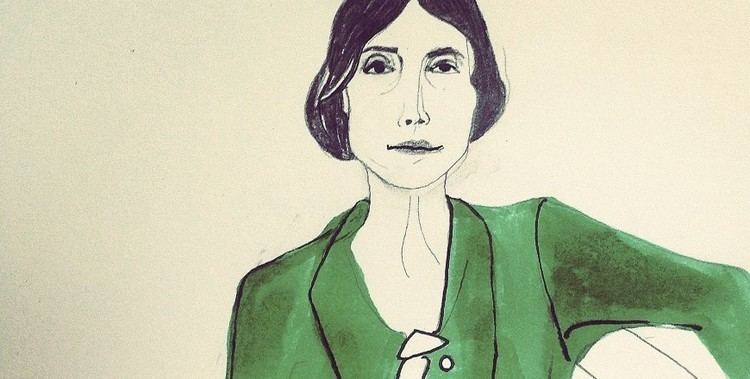 | ||
Books The Ghetto And Other Poems, Sun‑up And Other Poems, Light In Hand | ||
Anything that burns you a portrait of lola ridge radical poet
Lola Ridge, born Rose Emily Ridge (12 December 1873 Dublin – 19 May 1941 Brooklyn) was an Irish-American anarchist poet and an influential editor of avant-garde, feminist, and Marxist publications. She is best remembered for her long poems and poetic sequences, published in numerous magazines and collected in five books of poetry.
Contents
- Anything that burns you a portrait of lola ridge radical poet
- Altitude by lola ridge
- Background
- Literary career
- Political activities
- Quotation
- Works
- Legacy and honours
- 21st century Appreciation
- References
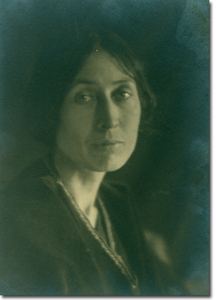
Along with other political poets of the early Modernist period, Ridge has received renewed critical attention since the beginning of the 21st century and is praised for writing poetry from harsh urban life. A new selection of her poetry was published in 2007 and a biography in 2016.
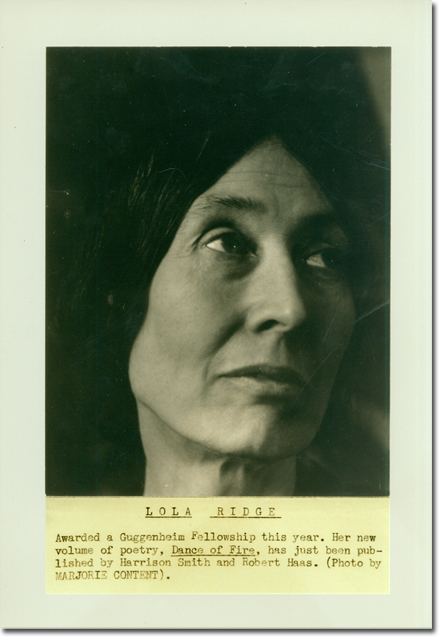
Altitude by lola ridge
Background
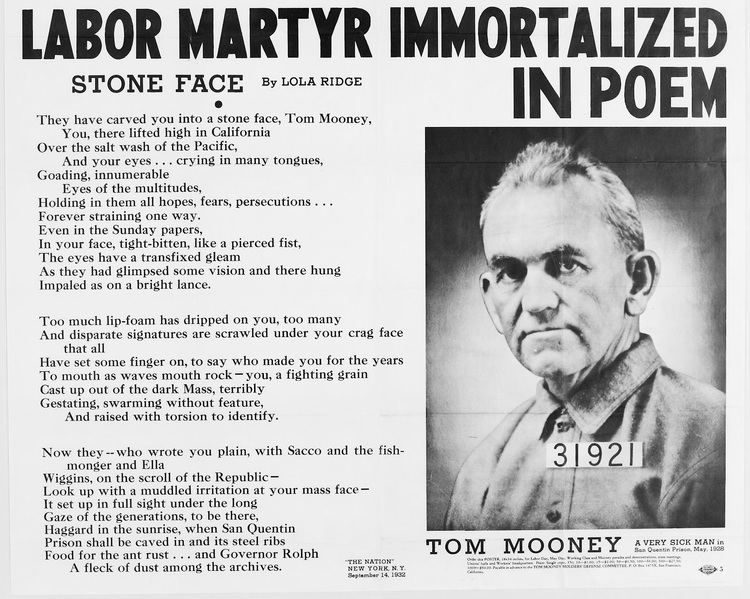
She was born in 1873 in Dublin, Ireland to Joseph Henry and Emma (Reilly) Ridge and was their only surviving child. When Rose was perhaps 4, her mother emigrated with her to New Zealand, where Emma later married a Scottish miner. In 1895, while living in New Zealand, Rose Ridge married the manager of a gold mine, but moved to Sydney with her year old child to attend Trinity College and study painting at The Sydney Art School with Julian Ashton.
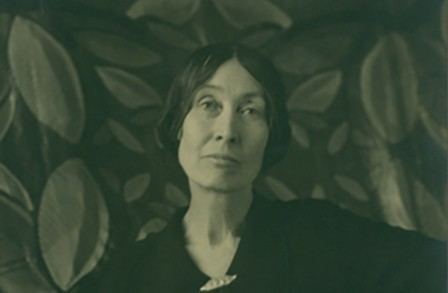
Ridge emigrated to the United States after her mother died, settling first in San Francisco in 1907. There she identified as Lola Ridge, a poet and painter. She had her first poem published in the US in 1908 in Overland Monthly.
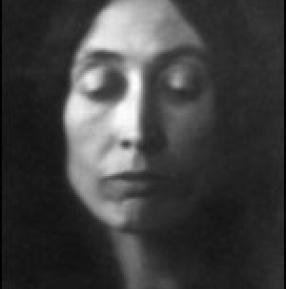
She later moved to New York, settling in Greenwich Village. Working as a model and in a factory, she became involved in working class politics and protests, and worked for Emma Goldman and Margaret Sanger. Peter Quartermain described her in the Dictionary of Literary Biography described her as "the nearest prototype in her time of the proletarian poet of class conflict, voicing social protest or revolutionary idealism."
Lola Ridge's first book of poetry was published in 1918. On 22 October 1919, she married David Lawson, a fellow radical.
Literary career
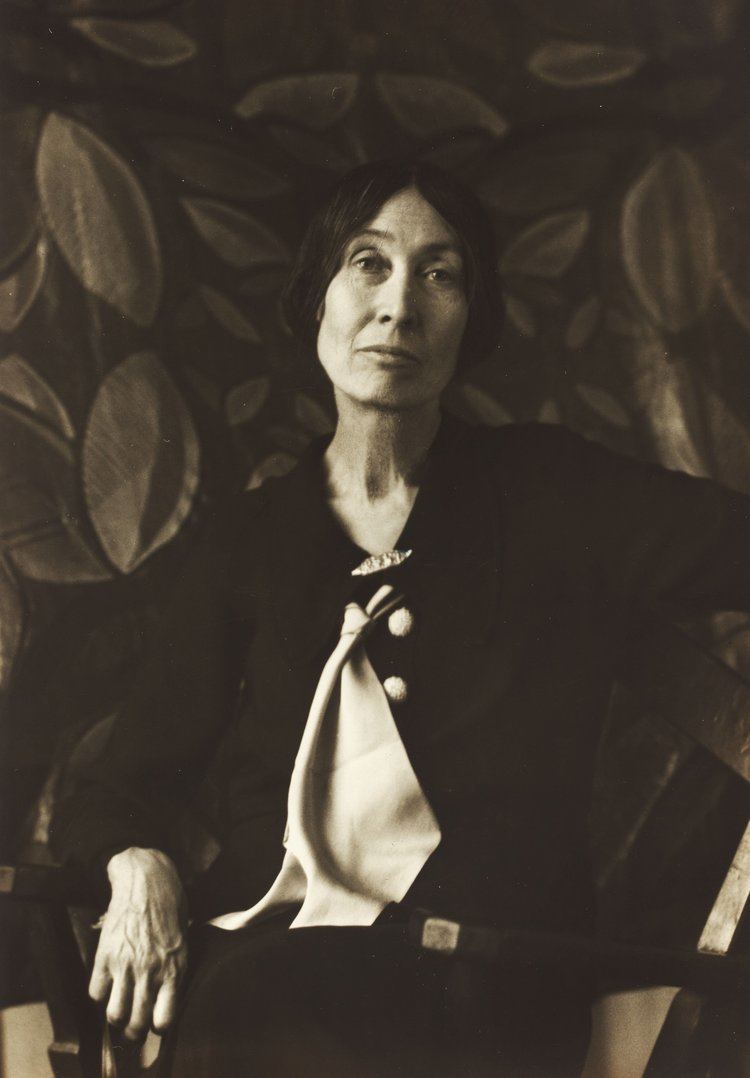
After living for some time in New York, Ridge gained considerable notice with her long poem, The Ghetto, first published in 1918 in The New Republic. It was included in her first book, The Ghetto and Other Poems, published that year. The title poem portrays the Jewish immigrant community of Hester Street in the Lower East Side of New York. It explores the effects of capitalism, gender and generational conflict in ways that bear comparison to the works of Charles Reznikoff. But she also expressed the individuality of numerous immigrants, to show they were as various as other Americans and shared many human qualities. The book was a critical success.
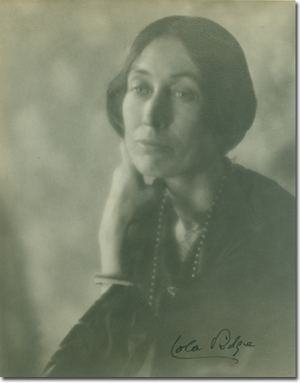
This recognition led to opportunities for Ridge; she became involved with and edited new avant-garde magazines such as Others in 1919, and Broom, founded in 1921 by Harold Loeb, for which she was the American editor from 1922–1923, while he published in Rome. While working with Loeb, she had an apartment next to the basement office of Broom in the townhouse of his estranged wife Marjorie Content.
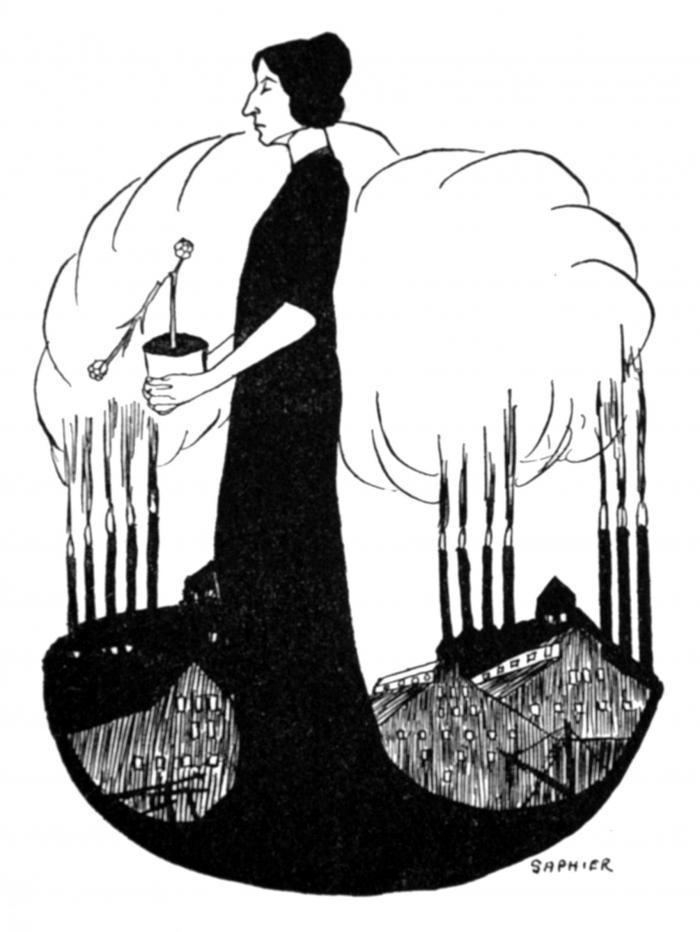
Ridge published 61 poems from 1908 to 1937 in such leading magazines as Poetry, New Republic, and The Saturday Review of Literature. She was a contributing editor to The New Masses.
She wrote and published four more books of poetry through 1935, and single poems into 1937. Her work was also collected in anthologies. Her third book, Red Flag (1927) collected much of her political poetry.
In 1929, Ridge was accepted for a residency at the writers colony of Yaddo. That year she published Firehead, a long poem that was a radical retelling of Jesus' crucifixion. It and her last book, published in 1935 were more philosophical compared to her earlier work.
She was awarded a Guggenheim Fellowship in 1935. She received the Shelley Memorial Award by the Poetry Society of America for the years 1934 and 1935. Publishing until 1937, she died in 1941 of pulmonary tuberculosis.
Political activities
Ridge did not join any political party, but was active in radical causes. She protested against the executions of Sacco and Vanzetti in 1927, and was among those arrested that day. In the 1930s, she supported the defence of Tom Mooney and Warren Billings, who had been framed for a 1916 bombing at the Preparedness Day Parade in San Francisco.
Quotation
My doll Janie has no waistand her body is like a tub with feet on it.Sometimes I beat herbut I always kiss her afterwards.When I have kissed all the paint off her bodyI shall tie a ribbon about itso she shan't look shabby.But it must be blue –it mustn't be pink –pink shows the dirt on her facethat won't wash off.I beat Janieand beat her...but still she smiled...so I scratched her between the eyes with a pin.Now she doesn't love me any more...she scowls... and scowls...though I've begged her to forgive meand poured sugar in the hole at the back of her head.Works
Legacy and honours
21st-century Appreciation
With renewed scholarly interest in her work since the late 20th century, a selection of her first three books of poetry was published posthumously as Light in Hand: Selected Early Poems (2007), edited and with an introduction by Daniel Tobin. He notes that she is "part of the confluence of politics, culture and the burgeoning of women's voices at the advent of modernism to the start of World War II."
Robert Pinsky, former Poet Laureate of the United States, wrote that contemporary readers needed "to appreciate the magnitude and freshness of her enterprise: to make poetry out of the actual city." He likens her to 18th-century British poet William Blake in her ability to express the perspective of children, evoking "innocence and experience in a way that blurs the ambiguous boundary between them." Pinsky also notes that Ridge preceded American Hart Crane, known for his long poem The Bridge about the Brooklyn Bridge, in her assigning "ecstatic, high language of the past, especially of the Elizabethans, to the squalid and the sublime realities of the actual, 20th-century American city."
